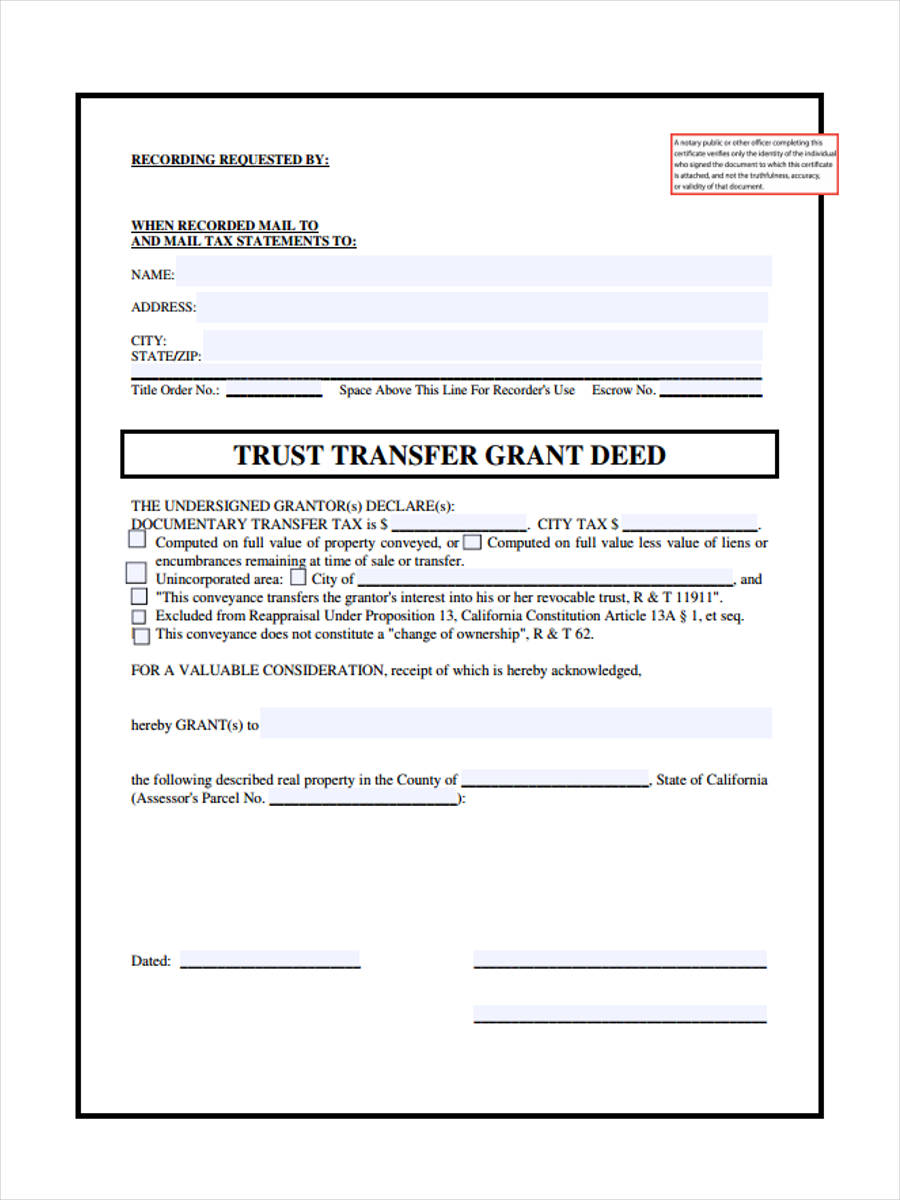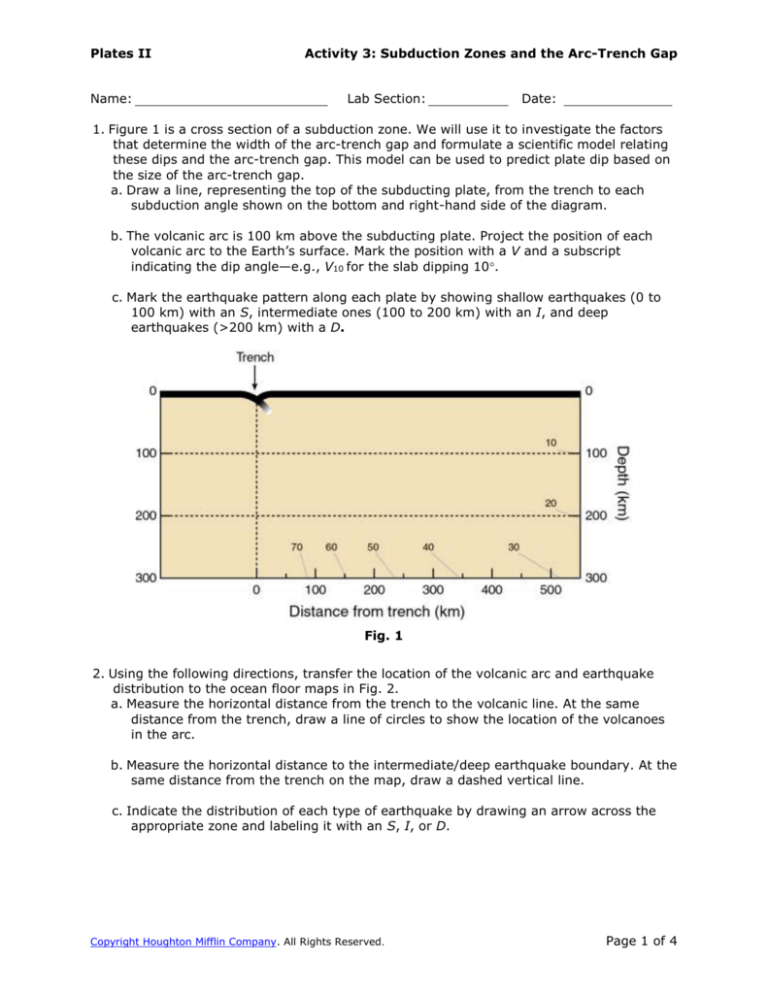

Estimate building replacement costs, using building valuation manuals and professional cost estimators.Examine the type and location of nearby services, such as shopping centers, schools, parks, and other neighborhood features, to evaluate their impact on property values.Obtain county land values and sales information about nearby properties to aid in establishment of property values.Photograph interiors and exteriors of properties to assist in estimating property value, substantiate findings, and complete appraisal reports.Interview persons familiar with properties and immediate surroundings, such as contractors, home owners, and realtors, to obtain pertinent information.Verify legal descriptions of properties by comparing them to county records.

Check building codes and zoning bylaws to determine any effects on the properties being appraised.Search public records for transactions such as sales, leases, and assessments.Maintain familiarity with aspects of local real estate markets.Evaluate land and neighborhoods where properties are situated, considering locations and trends or impending changes that could influence future values.Examine income records and operating costs of income properties.Establish uniform and equitable systems for assessing all classes and kinds of property.Conduct regular reviews of property within jurisdictions to determine changes in property due to construction or demolition.Explain real and personal property taxes to property owners.Review information about transfers of property to ensure its accuracy, checking basic information on buyers, sellers, and sales prices and making corrections as necessary.Complete and maintain assessment rolls that show the assessed values and status of all property in a municipality.Inspect properties, considering factors such as market value, location, and building or replacement costs to determine appraisal value.Identify the ownership of each piece of taxable property.Explain assessed values to property owners and defend appealed assessments at public hearings.Prepare and maintain current data on each parcel assessed, including maps of boundaries, inventories of land and structures, property characteristics, and any applicable exemptions.Collect and analyze relevant data to identify real estate market trends.Inspect new construction and major improvements to existing structures to determine values.Prepare written reports that estimate property values, outline methods by which the estimations were made, and meet appraisal standards.Compute final estimation of property values, taking into account such factors as depreciation, replacement costs, value comparisons of similar properties, and income potential.


 0 kommentar(er)
0 kommentar(er)
